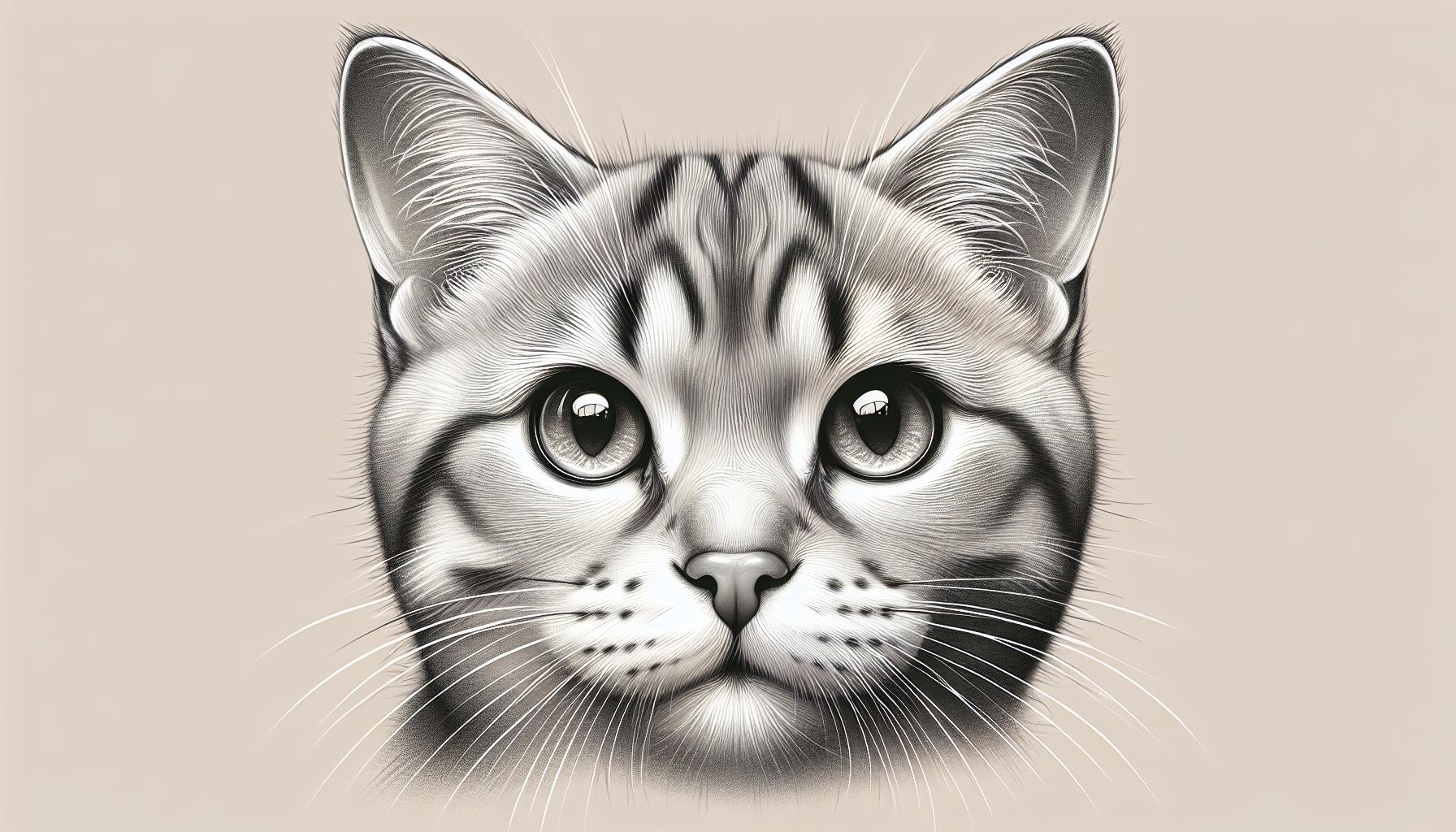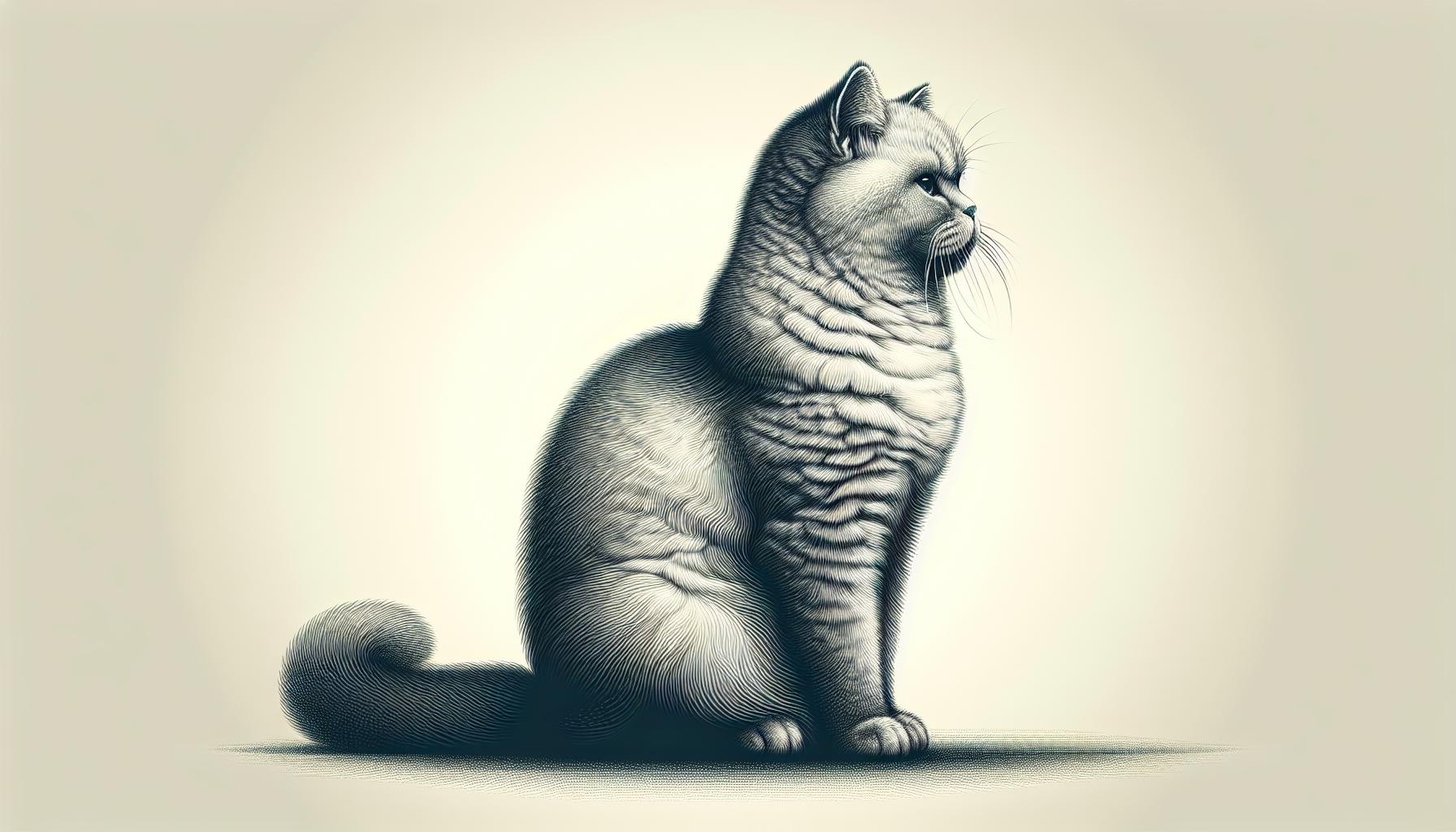Drawing cats has never been more delightful and accessible! Whether you’re a budding artist or just someone who loves our feline friends, learning to sketch cats can be a purr-fectly enjoyable experience. With simple techniques and a bit of practice, anyone can create adorable cat drawings that capture the essence of these charismatic creatures.
From playful kittens to majestic lounging cats, the art of drawing felines starts with understanding their basic shapes and proportions. Today’s step-by-step guide will transform those initial circles and curves into expressive cat portraits that’ll make any art enthusiast smile. Even beginners who think they can’t draw a straight line will discover how easy it is to bring their furry visions to life on paper.
Facil:_8-eunsl6sy= Dibujos De Gatos
Cat drawings begin with foundational geometric shapes that form the core structure of feline anatomy. These basic shapes create a framework for adding details that bring the cat illustration to life.
Starting with Simple Geometric Forms
Cat illustrations break down into basic geometric shapes: circles, ovals, triangles. The head starts with a circle, while the body forms from an elongated oval. Triangles create the distinctive pointed ears, and smaller circles map out the placement of eyes, nose, and paws. Adding these shapes in layers creates a clear foundation:
- Circle for the head placement
- Oval for the main body mass
- Triangles for ear positions
- Small circles for facial features
- Oval shapes for paws and tail sections
Essential Cat Proportions
Cats display specific proportional relationships that enhance drawing accuracy. The head measures approximately one-third of the body length, while ears position at equal distances from the center of the head. Key proportional guidelines include:
- Head width equals 3/4 of head height
- Eyes space one eye-width apart
- Ears align with outer eye corners
- Body length spans 3 head lengths
- Tail extends to match body length
- Leg height equals 1.5 head lengths
These measurements create balanced cat drawings that capture authentic feline characteristics.
Drawing the Cat’s Head and Face

Cat faces embody distinctive characteristics that create their expressive personalities. The placement of features follows specific proportions to achieve a realistic feline appearance.
Eye and Nose Placement
A cat’s eyes sit at the midpoint of the head, spaced approximately one eye-width apart. Position the nose between the eyes and chin, creating a triangular shape that points downward. The inner corners of the eyes align with the outer edges of the nose bridge. Eyes take an almond shape with curved upper lids extending higher than lower lids. A small dot marks the tear duct in each eye’s inner corner. The nose leather (the colored part) forms a distinctive upside-down triangle with slightly rounded edges.
Capturing Facial Expressions
Cats display emotions through subtle changes in their facial features. Relaxed cats maintain oval-shaped eyes with medium-sized pupils, while alert cats exhibit wide-open eyes with dilated pupils. The whisker pads expand or contract based on mood – puffed out during contentment, flattened when afraid. Ear positions communicate distinct emotions: forward-facing indicates interest, flattened signals fear, sideways shows irritation. The mouth line curves slightly upward at the corners, creating the characteristic feline smile. Whiskers point forward during curiosity, spread outward in relaxation.
Creating the Cat’s Body

The cat’s body forms the foundation of the drawing, connecting the head to the limbs in a graceful silhouette. A well-structured body captures the feline’s natural elegance through proper proportions and positioning.
Body Postures and Poses
Cat bodies display distinct postures that communicate specific behaviors: sitting, stretching, sleeping or stalking. The spine curves in a smooth S-shape when the cat stands alert, with shoulders slightly higher than hips. A sitting cat forms a triangular shape with tucked paws beneath a rounded torso. The standing pose features legs positioned at 90-degree angles to the body, while a sleeping cat curls into a compact C-shape. A stalking cat maintains a low profile with extended limbs and a horizontal spine.
Adding Fur Texture
Fur textures create depth and realism in cat drawings through layered strokes and strategic shading. Short strokes follow the natural growth direction of fur: downward on the body, outward on legs and tail. Dense fur areas like the chest and tail require multiple layers of overlapping marks. Light strokes indicate fine fur on faces and ears, while bolder strokes represent thicker fur along the back and haunches. Varying stroke pressure produces highlights and shadows that define muscle structure beneath the fur coat.
Bringing Your Cat Drawing to Life

Adding depth, dimension, and personality transforms basic cat sketches into vibrant artworks. The final stages of creating cat drawings focus on enhancing details and applying professional finishing techniques.
Shading Techniques
Strategic shading creates volume and dimension in cat drawings using light and shadow placement. Artists apply graduated tones starting from the lightest areas near light sources to darker shadows underneath the cat’s body. Cross-hatching techniques build fur texture through parallel lines at 45-degree angles. Pressing harder on darker areas and lighter on highlights creates natural-looking depth. The three key shading zones include core shadows along the body’s curves, cast shadows beneath the cat and transitional areas where light gradually fades.
Final Details and Refinements
Fine details elevate cat drawings from basic sketches to polished artwork. Adding individual whiskers with light, confident strokes creates facial expression. Darkening the pupils while leaving light reflections creates lifelike eyes. Texture marks in the ears, nose leather and paw pads add anatomical accuracy. Small fur details around the face, especially eyebrow whiskers and cheek tufts, enhance character. Erasing highlights in strategic spots creates shine on the fur and brings focus to important features. Subtle smudging smooths harsh lines and transitions between light and dark areas.
Tips for Drawing Different Cat Breeds
Persian cats feature round faces with short snouts requiring soft circular strokes to capture their distinctive flat profiles. Focus on drawing thick fur with long flowing lines radiating from the body’s center.
Siamese cats display angular features with almond-shaped eyes positioned at a slight upward slant. Create sharp triangular ear shapes with elongated bodies using smooth continuous lines.
Maine Coons exhibit rectangular facial structures with prominent ear tufts. Draw their muscular bodies using broad strokes while emphasizing their distinctive neck ruff with layered lines.
Scottish Folds require special attention to their unique folded ears, appearing as small rounded curves atop their heads. Illustrate their round eyes large within a circular face shape.
Sphynx cats showcase their wrinkled skin texture through strategic shading patterns. Map out prominent bone structures first then add fine lines to represent skin folds.
Here’s a quick reference guide for key breed features:
| Breed | Face Shape | Eye Shape | Fur Texture |
|---|---|---|---|
| Persian | Round | Large Round | Long Flowing |
| Siamese | Triangular | Almond | Short Sleek |
| Maine Coon | Rectangle | Oval | Shaggy Long |
| Scottish Fold | Circle | Round | Medium Plush |
| Sphynx | Angular | Lemon | Hairless |
British Shorthairs display plump cheeks with compact bodies. Create their dense coat using short parallel strokes to build volume.
Ragdolls possess medium-length fur requiring varied pressure strokes to create depth. Emphasize their large round eyes with darker shading around the edges.
Bengal cats showcase distinctive spotted patterns. Map out rosette markings first then fill with alternating light dark strokes to create depth.
Drawing cats is an accessible and rewarding artistic pursuit that anyone can master with practice and patience. By understanding basic shapes proportions and breed-specific characteristics artists can create captivating feline portraits that truly capture their subjects’ personalities.
The journey from simple geometric shapes to detailed expressive cat drawings becomes manageable when broken down into steps. Whether sketching a playful kitten or a regal Persian cat these fundamental techniques will help artists bring their feline subjects to life on paper.
With dedicated practice and attention to detail artists will find themselves creating increasingly sophisticated and lifelike cat drawings that showcase both technical skill and artistic sensitivity.

